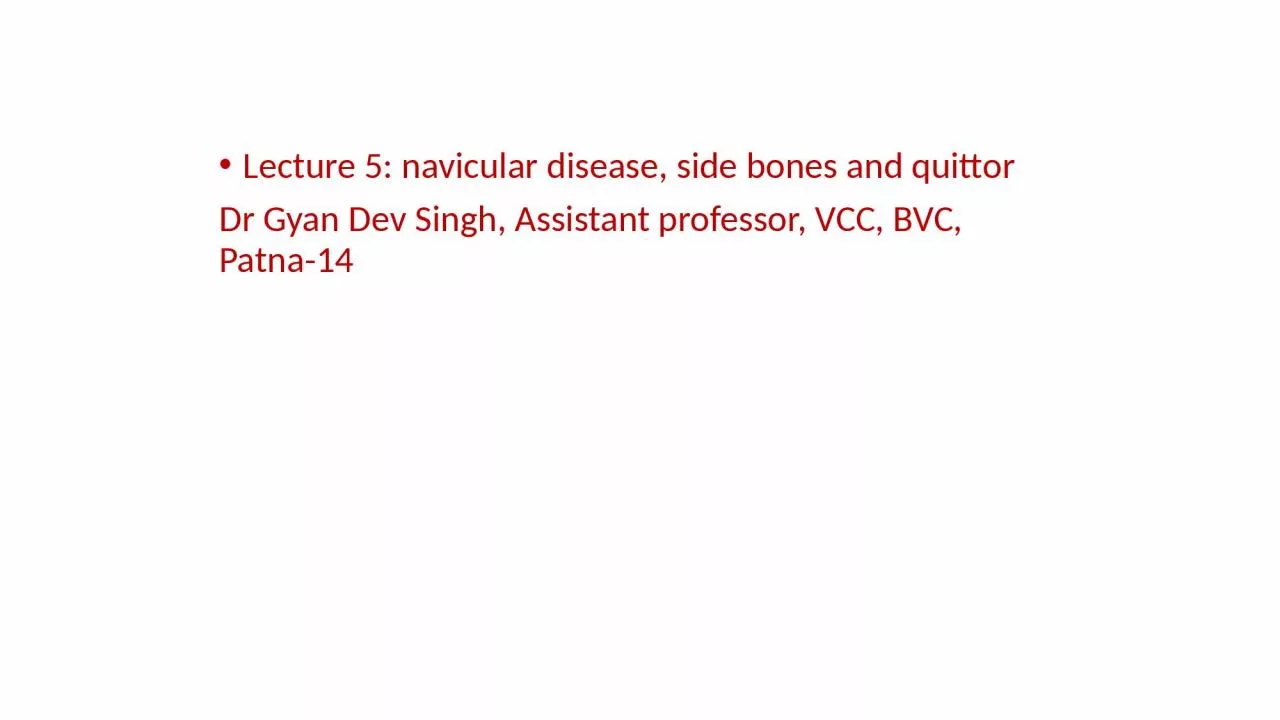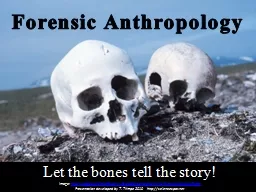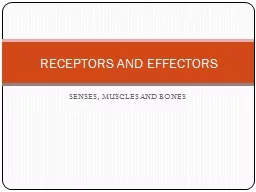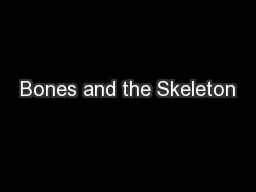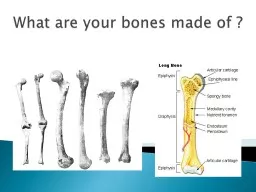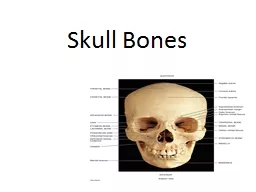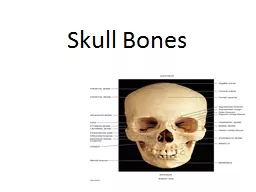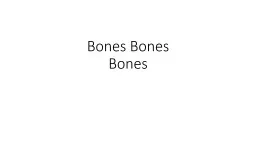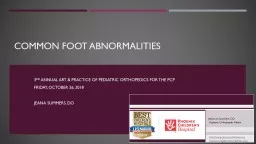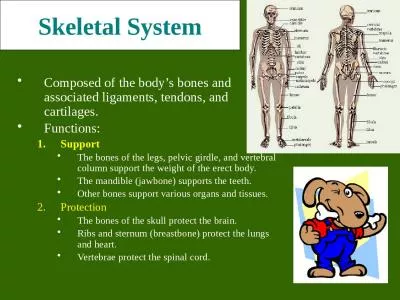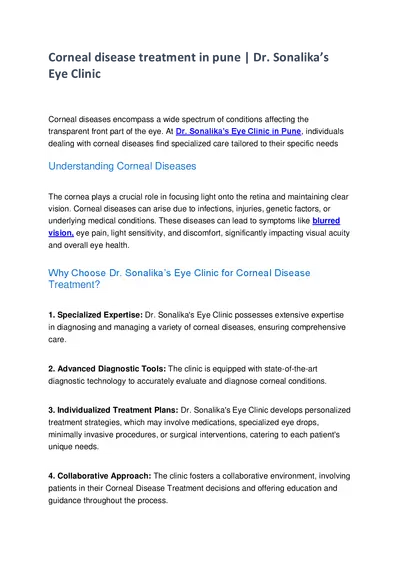PPT-Lecture 5: navicular disease, side bones and
Author : amber | Published Date : 2023-07-22
quittor Dr Gyan Dev Singh Assistant professor VCC BVC Patna14 QUITTOR Necrosis of the lateral cartilage and is noticed by the presence of sinus openings in the
Presentation Embed Code
Download Presentation
Download Presentation The PPT/PDF document "Lecture 5: navicular disease, side bones..." is the property of its rightful owner. Permission is granted to download and print the materials on this website for personal, non-commercial use only, and to display it on your personal computer provided you do not modify the materials and that you retain all copyright notices contained in the materials. By downloading content from our website, you accept the terms of this agreement.
Lecture 5: navicular disease, side bones and: Transcript
Download Rules Of Document
"Lecture 5: navicular disease, side bones and"The content belongs to its owner. You may download and print it for personal use, without modification, and keep all copyright notices. By downloading, you agree to these terms.
Related Documents

